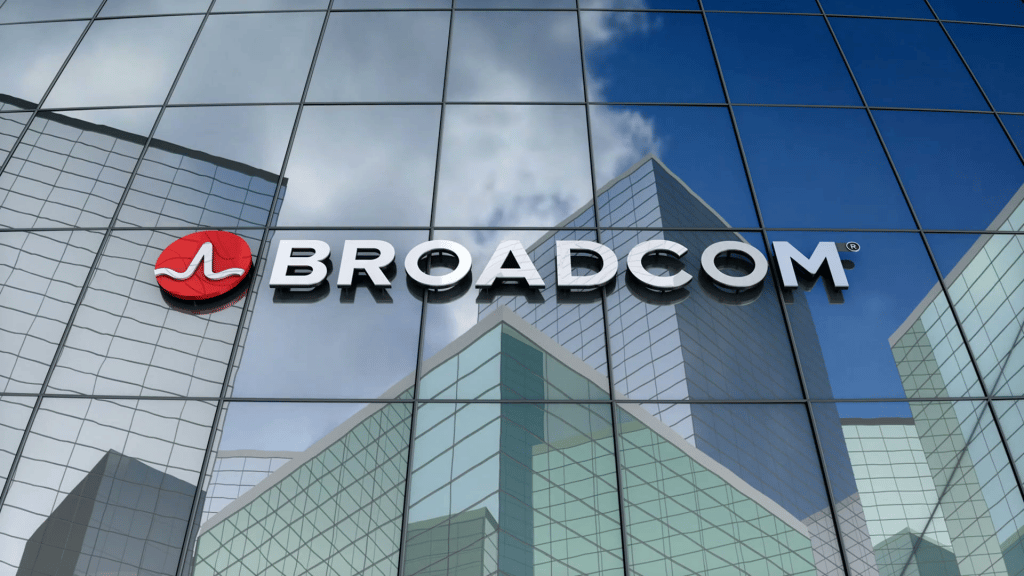Hyperconverged infrastructure (HCI) has been all the rage in IT circles as of late, but most IT organizations don’t yet fully appreciate just how converged things may soon get. As systems that support the NVM Express (NVMe) interface developed by Intel become more widely available, the level of application performance that can be achieved on […]
Hyperconverged infrastructure (HCI) has been all the rage in IT circles as of late, but most IT organizations don’t yet fully appreciate just how converged things may soon get. As systems that support the NVM Express (NVMe) interface developed by Intel become more widely available, the level of application performance that can be achieved on HCI systems is about to substantially increase.
Pivot3 today announced it will become one of the first providers of HCI systems to add support for NVMe PCIe flash in the form of systems dubbed Acuity. Pivot3 says these systems will be 450 percent faster than SATA solid-state drives (SSDs) and 119 percent faster than SAS SSDs.
Company CEO Ron Nash says this is significant because it increases the number and types of application workloads that can efficiently be deployed on an HCI platform.
“HCI can be used for about 60 percent of application workloads today,” says Nash. “We think that’s about to move up to 80 to 85 percent.”
Nash says the Acuity platform represents the first new HCI platform Pivot3 has rolled out since acquiring NexGen Storage last year.
Naturally, competition across the HCI sector is fierce and without a doubt every provider of this class of platforms will be embracing NMVe. Nash says one of the things that differentiates Pivot3 the most is that it has developed a quality-of-service (QoS) engine that gives IT organizations the ability to define policies to determine the exact amount of resources any application running on an HCI platform should receive. That’s about to become a bigger issue, says Nash, because the next generation of HCI platforms that make use of NVMe will be able to more easily support multiple applications.
Just how HCI platforms will ultimately impact IT organizations as compute and storage continue to be unified remains to be seen. But the one thing that is for certain is that a much greater percentage of the systems being deployed going forward are going to be in the form of one type of HCI platform or another.
MV
Michael Vizard is a seasoned IT journalist, with nearly 30 years of experience writing and editing about enterprise IT issues. He is a contributor to publications including Programmableweb, IT Business Edge, CIOinsight and UBM Tech. He formerly was editorial director for Ziff-Davis Enterprise, where he launched the company’s custom content division, and has also served as editor in chief for CRN and InfoWorld. He also has held editorial positions at PC Week, Computerworld and Digital Review.








